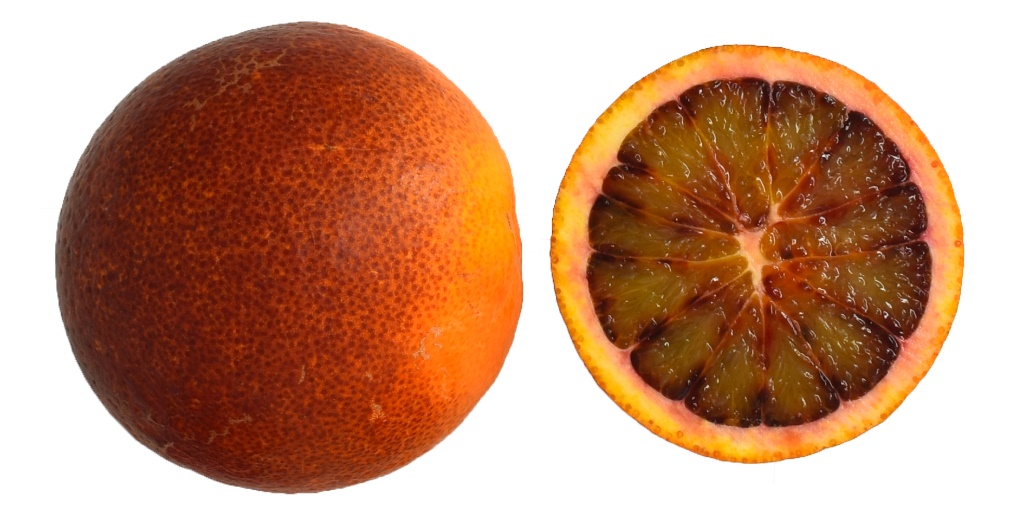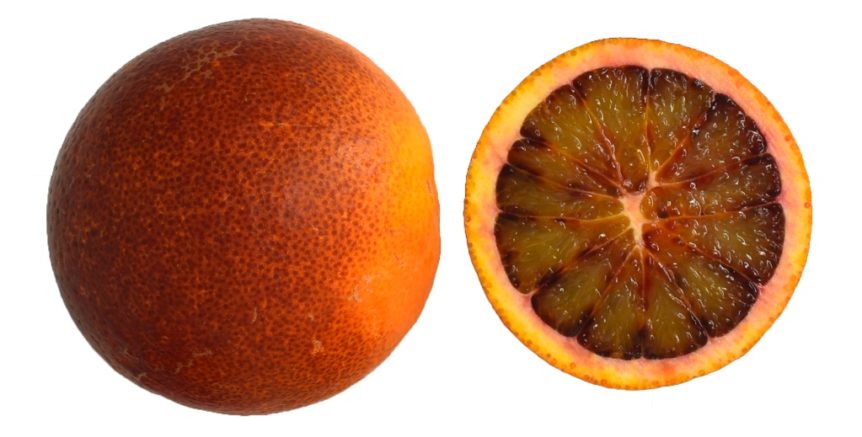
Blood oranges could provide citrus growers with another variety to grow in the cold-hardy citrus region. But further research is needed to verify its effectiveness in the Southeast, says Ali Sarkhosh, University of Florida Institute of Food and Agricultural Sciences (UF/IFAS) associate professor.
“We harvested those fruit in Quincy at the North Florida Research and Education Center. We still don’t know if we harvest the same fruit in Central Florida if we would we get those responses. Sarkhosh said. He added that regional testing is needed in Florida to determine if there is a preharvest climate impact and effect on fruit quality after harvest.
Blood oranges are distinct from other citrus. They are full of anthocyanins, a type of antioxidant that gives the fruit its dark red color. Sarkhosh emphasizes the fruit tastes like an orange but doesn’t look like one.
“Blood oranges are very popular in regions like Spain and Italy. However, they are not being considered in the United States for production, and I don’t know why,” Sarkhosh said. “The main purpose would probably be for fresh consumption.”
The price of blood oranges can be double, triple or more compared to other citrus varieties in the market. Sarkhosh believes that given the disaster of HLB, any citrus that can bring diversity and high value should be considered for production. Additional research is needed to test the productivity of cultivars.
“The biggest challenge is this fruit was harvested from a very old variety. There are much better varieties that need to be considered,” Sarkhosh said.
If blood orange fruit is left on the tree after mid-December, it is susceptible to freeze events, much like what the Southeast experienced in late December of 2022.
“Leaving the fruit on the tree long-term can reduce the results for the next year’s crop,” Sarkhosh advised. He added that blood orange harvests usually start at the end of November and last until mid-December.

Clint Thompson










